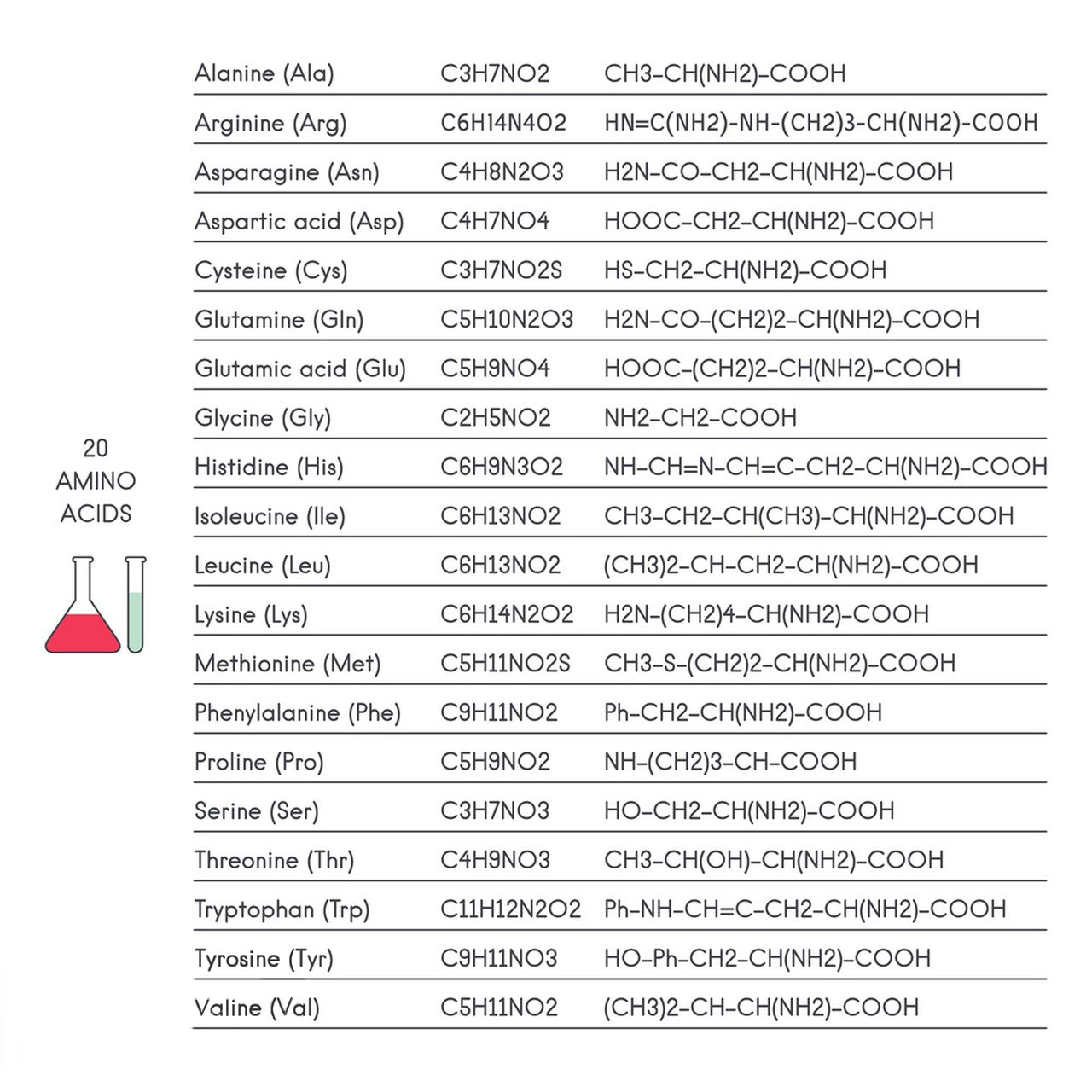L-Glutamic acid is one of the 20 amino acids commonly found in proteins and is a non-essential amino acid, which means the body can synthesize it on its own. It plays several important roles in biological processes and is abundant in various foods.
Origin of L-Glutamic Acid:
L-Glutamic acid can be synthesized in the body through various metabolic pathways, and it is also obtained through dietary sources. It is found in both plant and animal proteins. The body can convert other amino acids into L-glutamic acid through processes like transamination and deamination. Additionally, L-glutamic acid can be synthesized from its precursor, alpha-ketoglutarate, which is an intermediate in the citric acid cycle (Krebs cycle) during cellular respiration.

Properties of L-Glutamic Acid:
- Chemical Structure: L-Glutamic acid is an α-amino acid, meaning that its amino group is attached to the carbon atom adjacent to the carboxyl group in the molecule. Its chemical formula is C5H9NO4.
- Amino Acid Classification: It is classified as a non-polar, aliphatic amino acid. This classification is based on the structure and properties of its side chain (R group).
- Taste: L-Glutamic acid is well-known for its umami taste, which is one of the five basic tastes alongside sweet, sour, bitter, and salty. Umami is often described as a savory or meaty taste and is commonly associated with foods containing L-glutamic acid, such as tomatoes, soy sauce, and certain meats.
- Neurotransmitter Role: L-Glutamic acid is also an important neurotransmitter in the central nervous system. It acts as an excitatory neurotransmitter, playing a crucial role in signal transmission between nerve cells (neurons). Its role in neural function is essential for various brain processes, including learning and memory.
- Protein Synthesis: As an amino acid, L-glutamic acid is a fundamental building block for protein synthesis. It is incorporated into proteins during translation, where it contributes to the overall structure and function of proteins.
- Cellular Energy: L-Glutamic acid is involved in various metabolic pathways, including the citric acid cycle (Krebs cycle) in mitochondria. It can be converted into alpha-ketoglutarate, which plays a critical role in energy production through cellular respiration.
- Health Benefits: L-Glutamic acid is considered non-essential because the body can synthesize it, but it is still important for overall health. It is found in many protein-rich foods, such as meat, fish, dairy products, and certain vegetables. It is also used as a flavor enhancer in the form of monosodium glutamate (MSG) in the food industry.

In summary, L-Glutamic acid is a non-essential amino acid with various important roles in the body, including its involvement in protein synthesis, neurotransmission, and cellular energy production. It is also known for its umami taste and is commonly found in a variety of foods.
